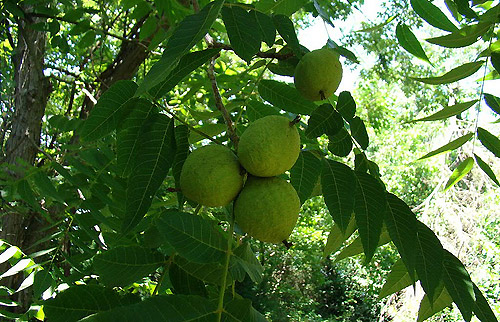Walnuts are one of the most valuable and most helpful nuts known to man. They comprise many important vitamins, protein and omega 3 fatty acids. Precisely because of that nuts are convert in a valuable raw material that protecting human’s bones from fractures and injuries. Fatty acids have unique properties to strengthening health of bones and abbreviate the risk of traumas. They can be consumed as processed and raw. Walnuts are rich in askorbin, vitamins B1, B2, PP, carotene.
Kernels are recommended especially for people with stomach problems. Recent studies indicate that nuts reduce the amounts of cholesterol in the human body and they have a positive influence in the battle against many serious illnesses such as atherosclerosis and cardiovascular disease. It's good for people who are engaged primarily with mental activity because nuts can improve cerebral blood flow.
They are rich in vitamin E / vitamin-called anti-aging / and have good influence of physiological activity of the skin. Increasingly we hear about cosmetic products on walnut’s base. These nuts contain nutrients which help to heal scars and other skin pigmentation and give it shine. Some shampoos and hair conditioners are also made with walnuts - for smooth, shiny and healthy clumps. In addition, walnuts stimulate hair growth and reduce the risk of hair loss. Another feature typical for walnuts is their strong wood. It is has many and highly valued properties. Therefore finds a wide application in the production of furniture and interior design. Moreover, this kernel is a huge number of applications in cooking and home medicine.




